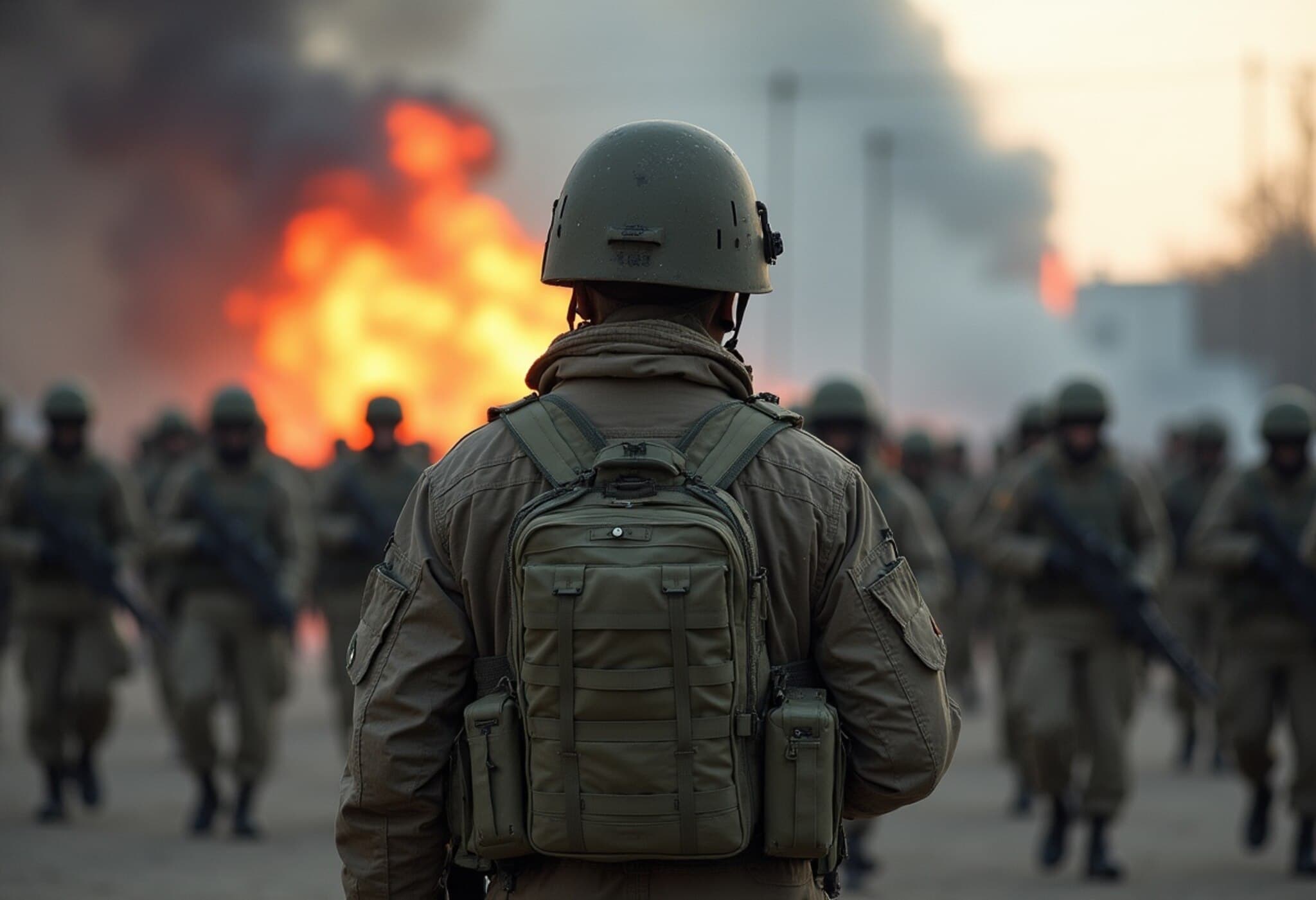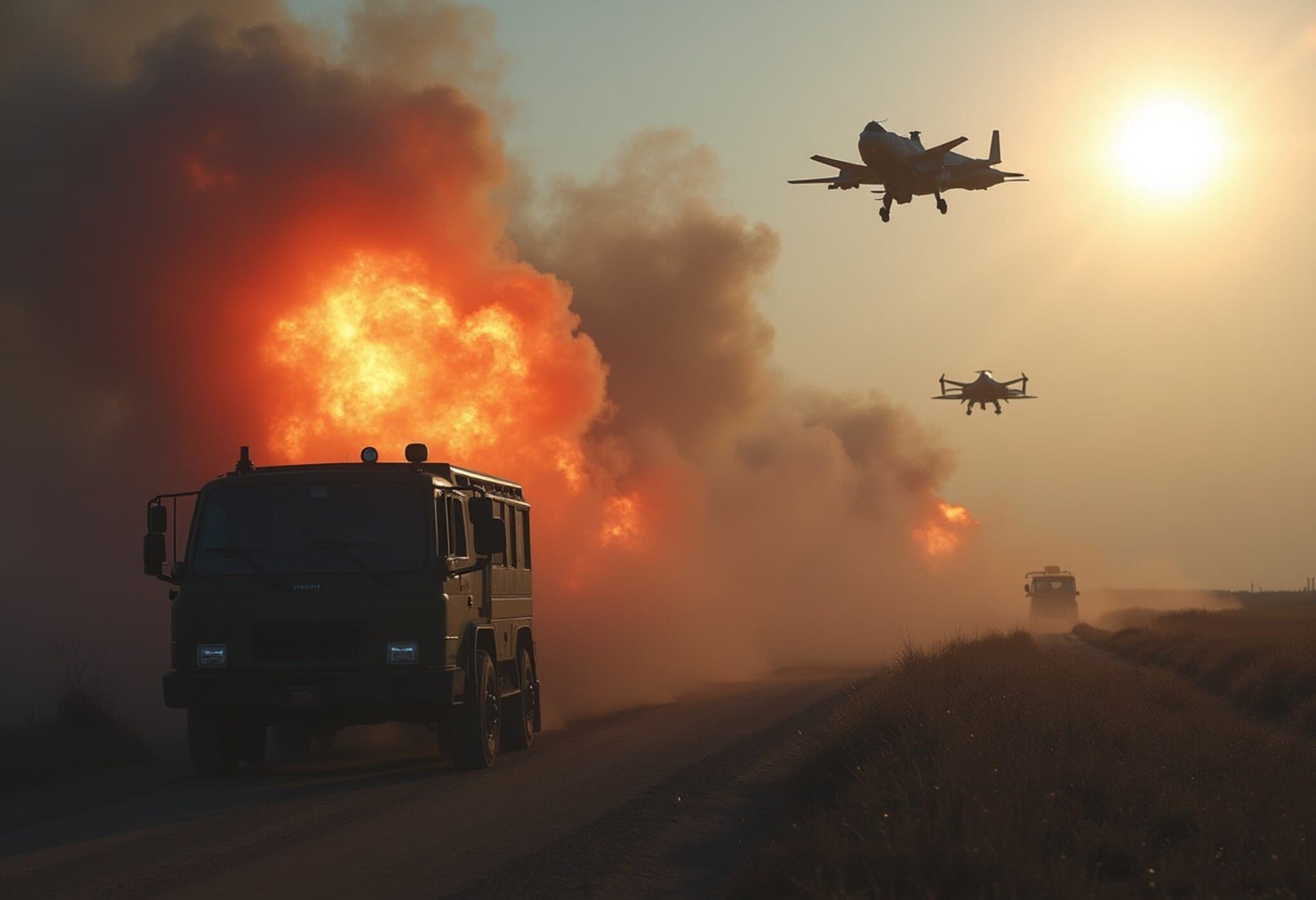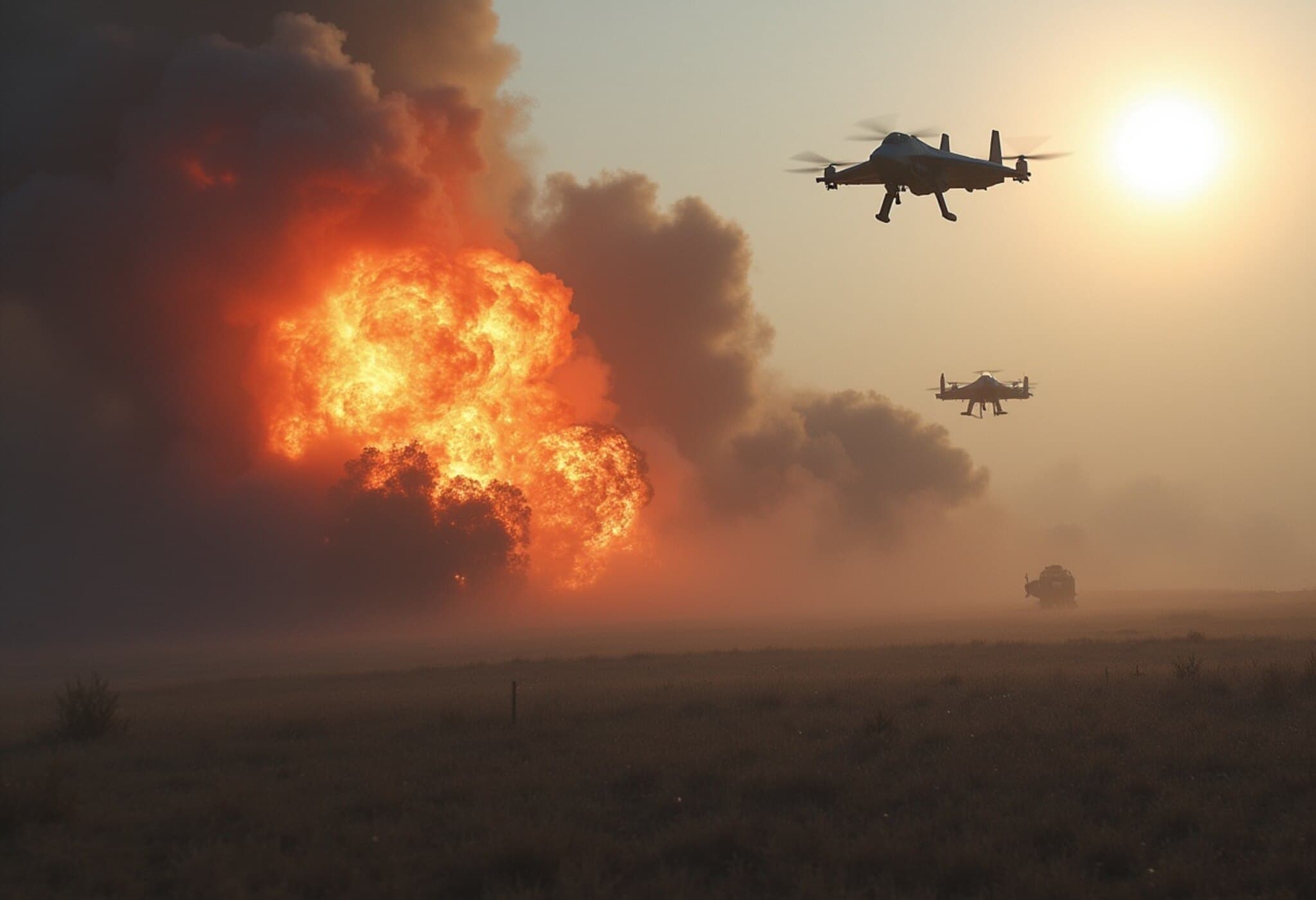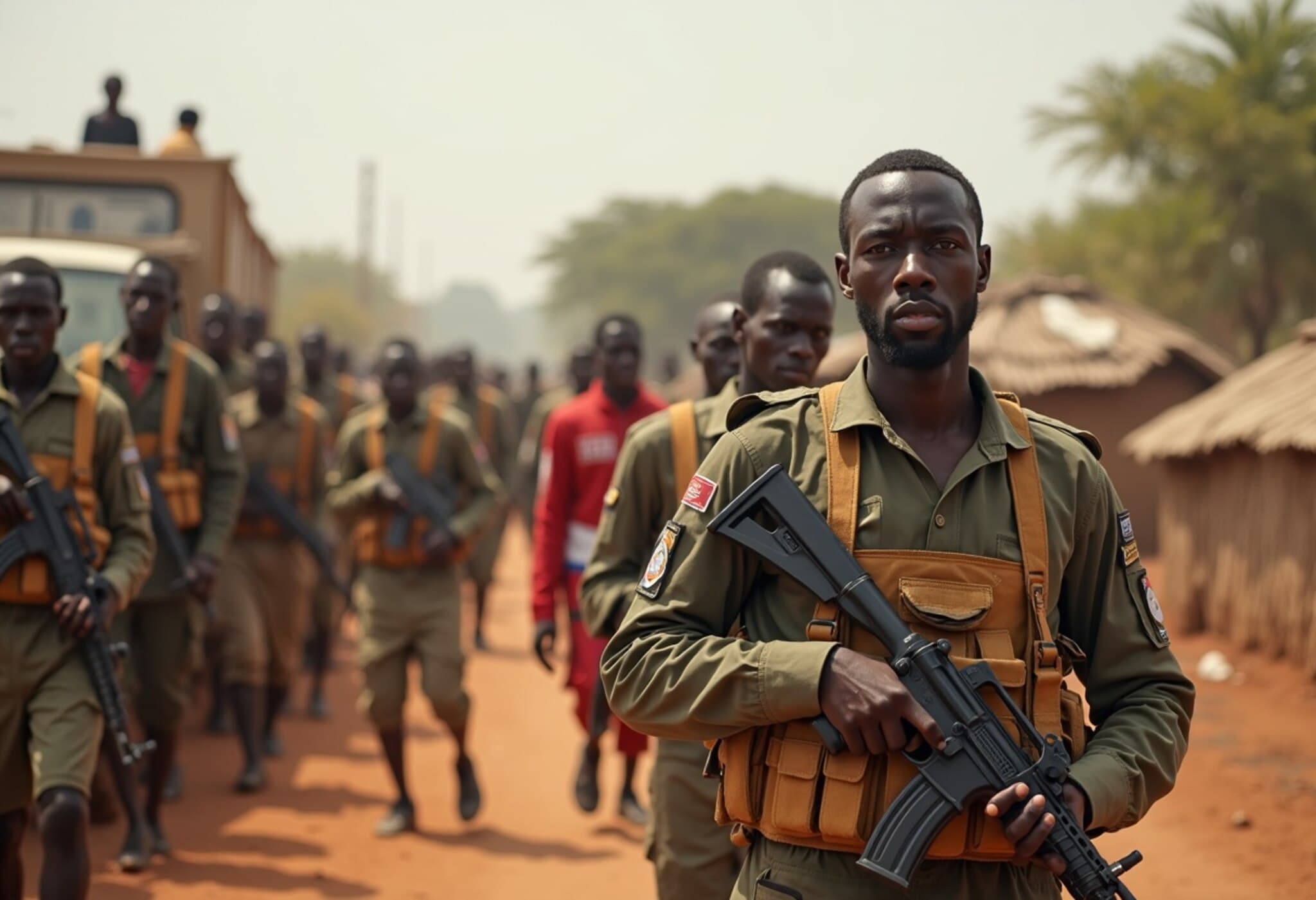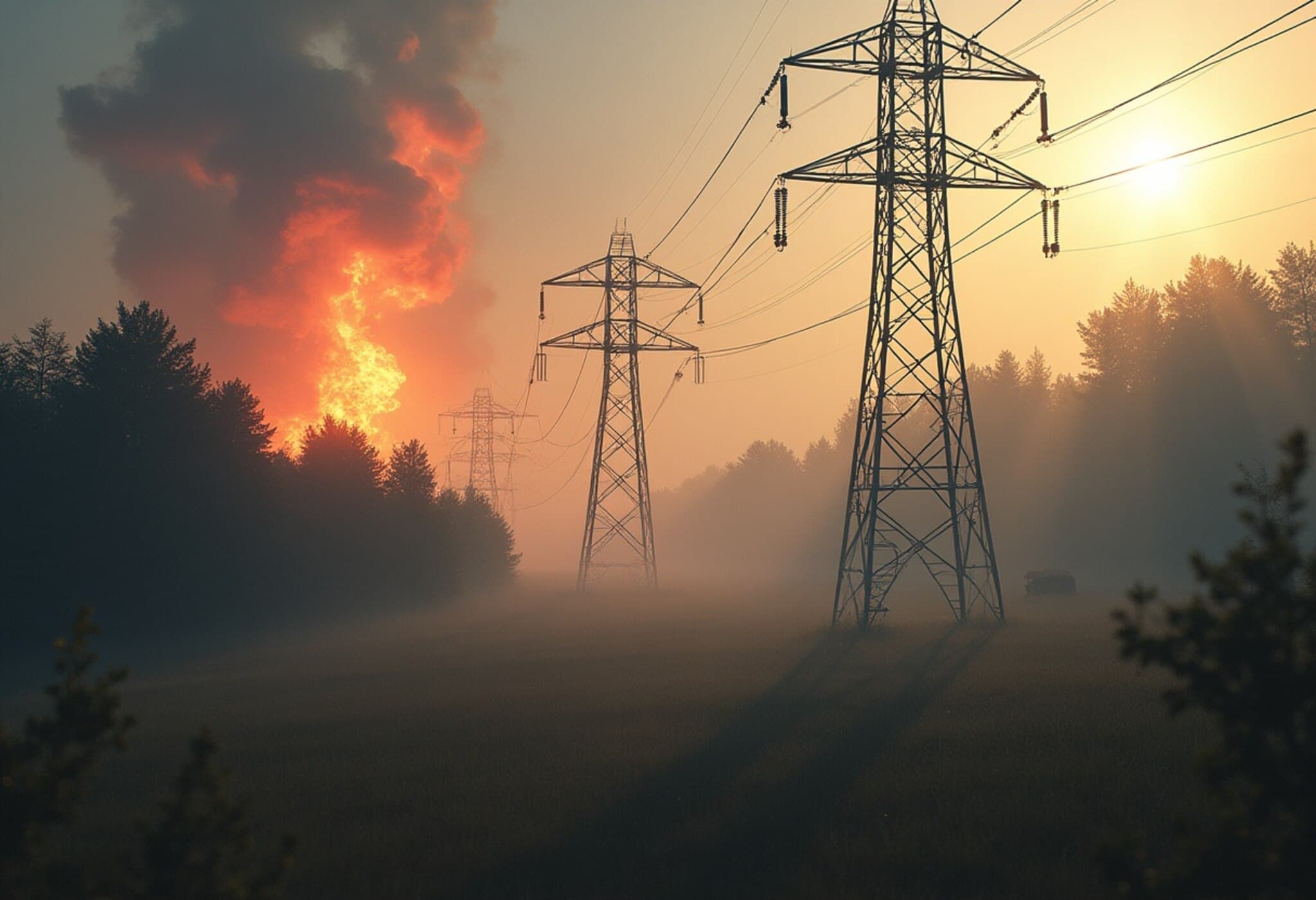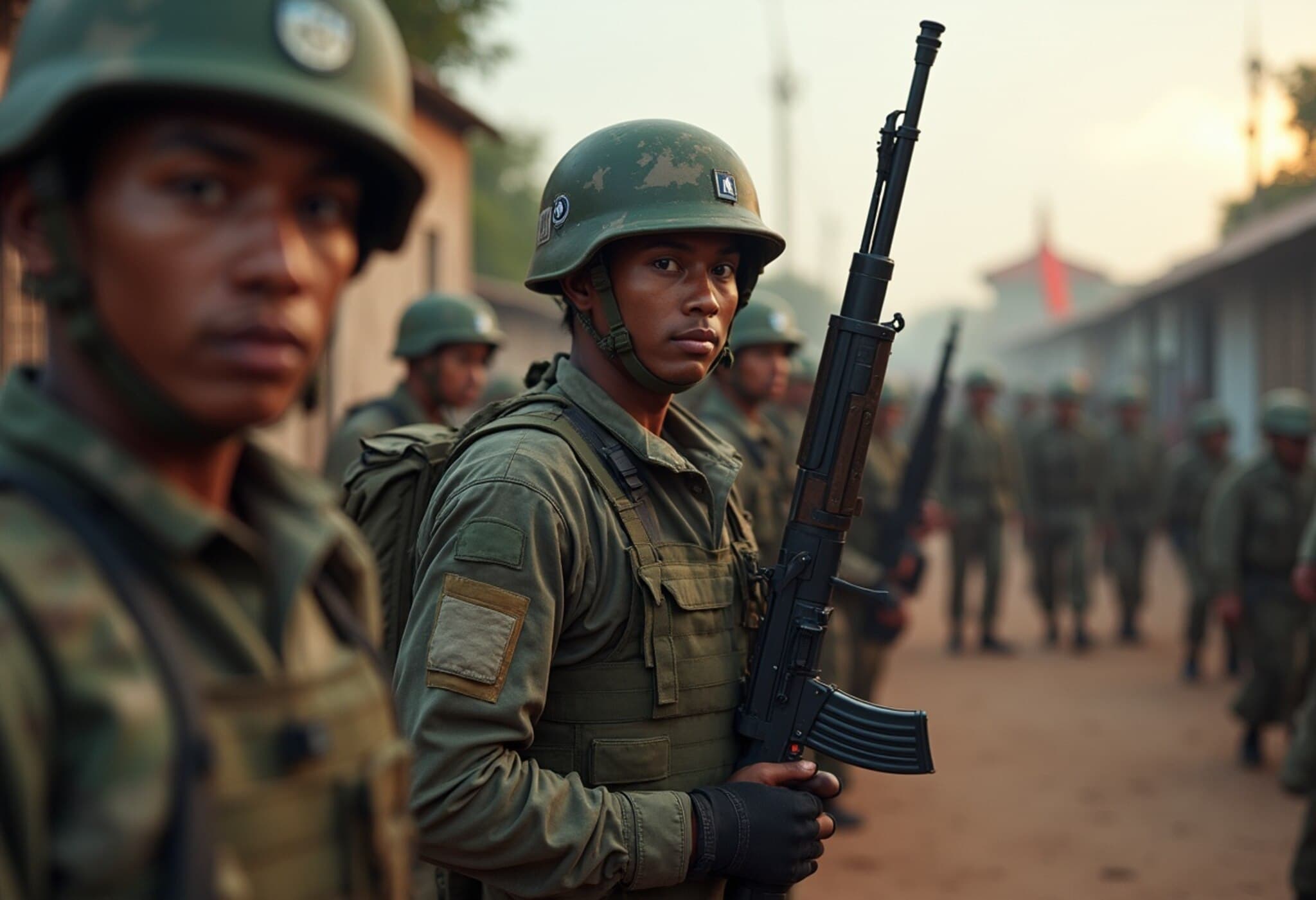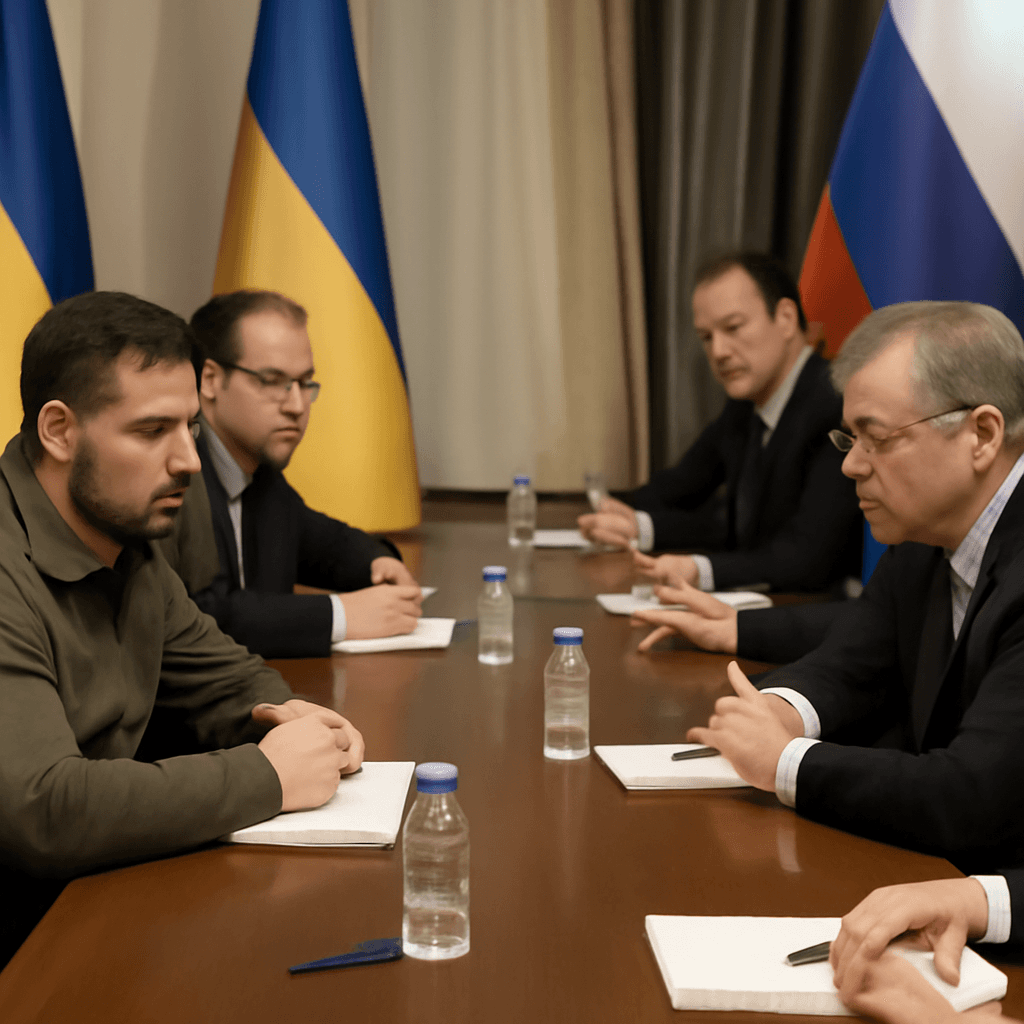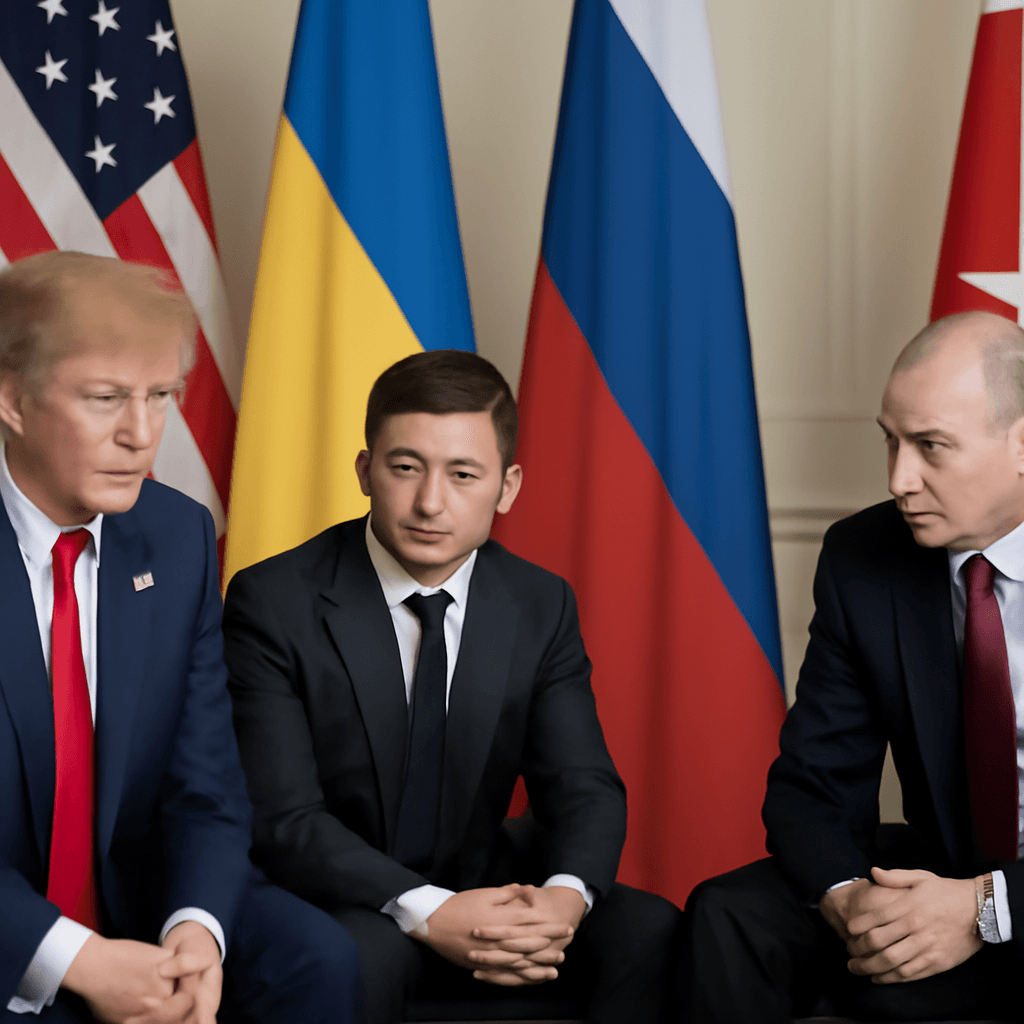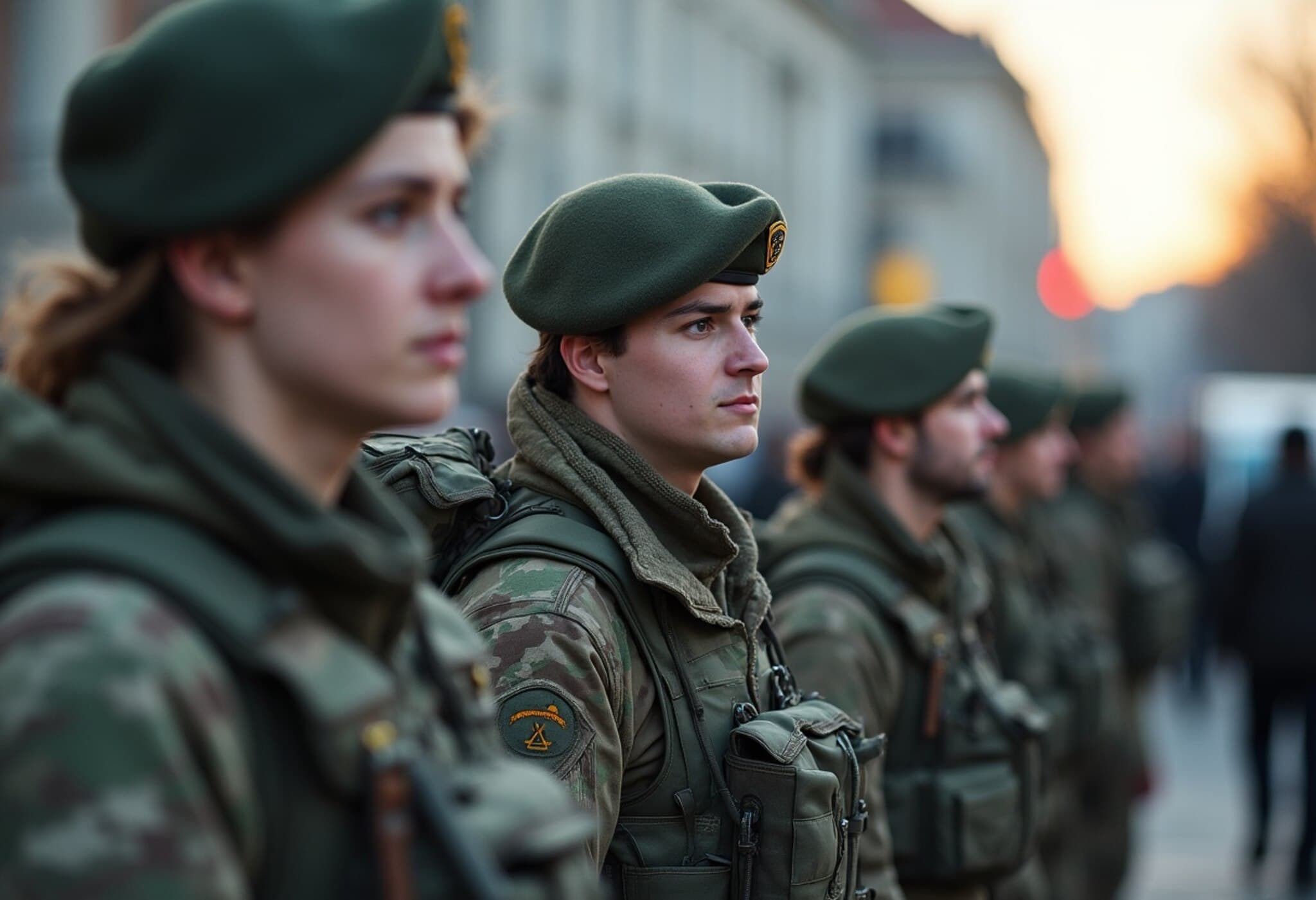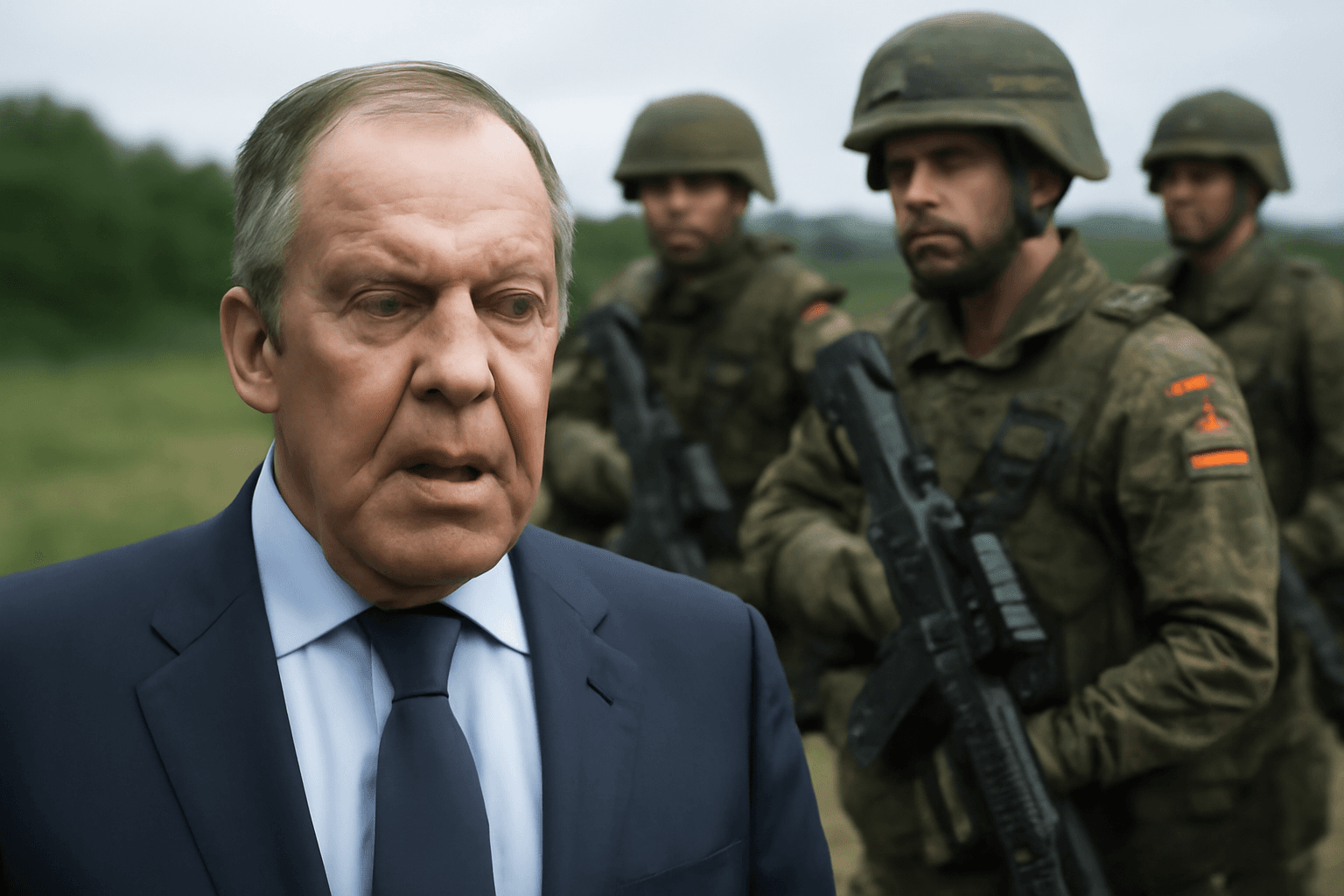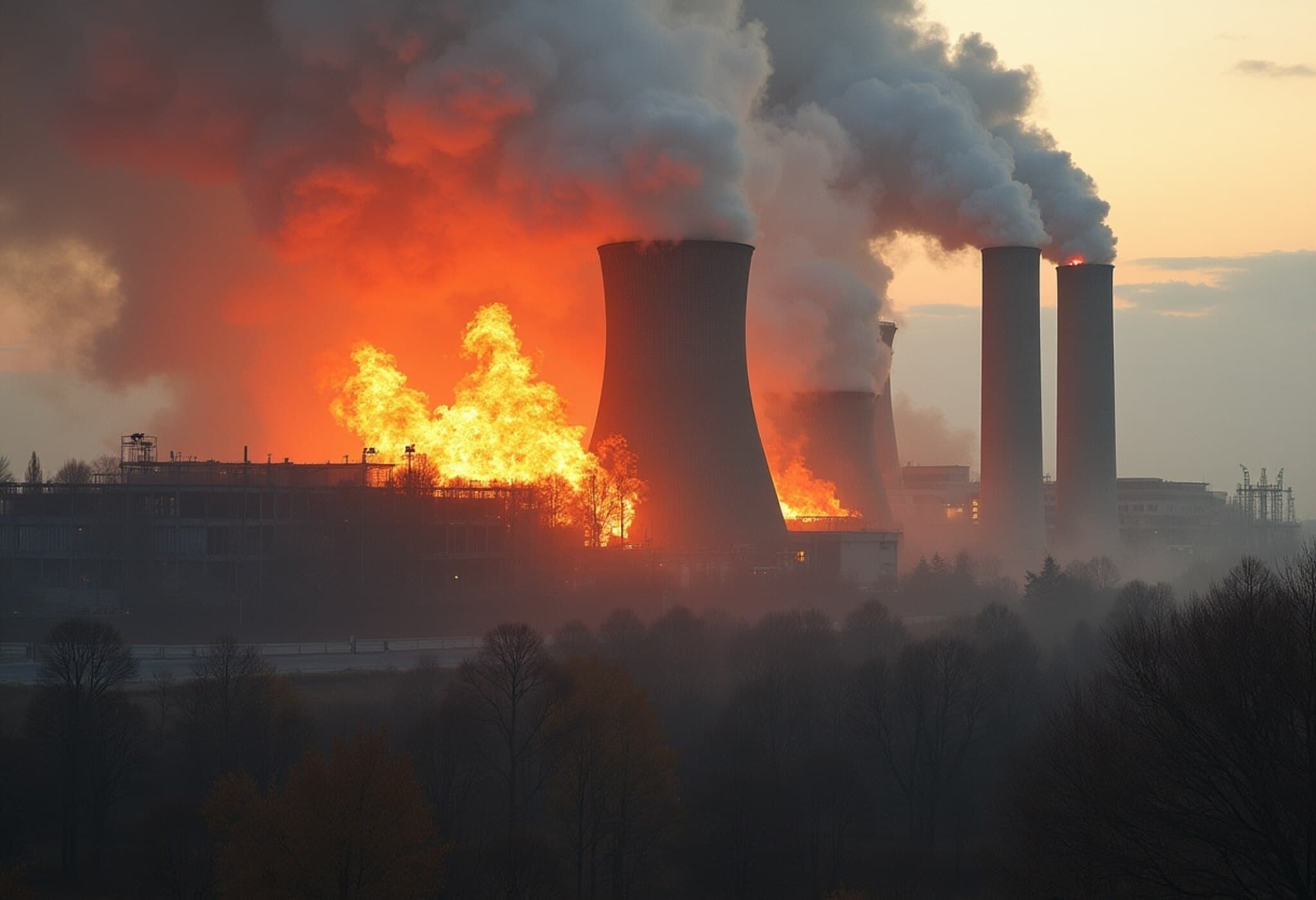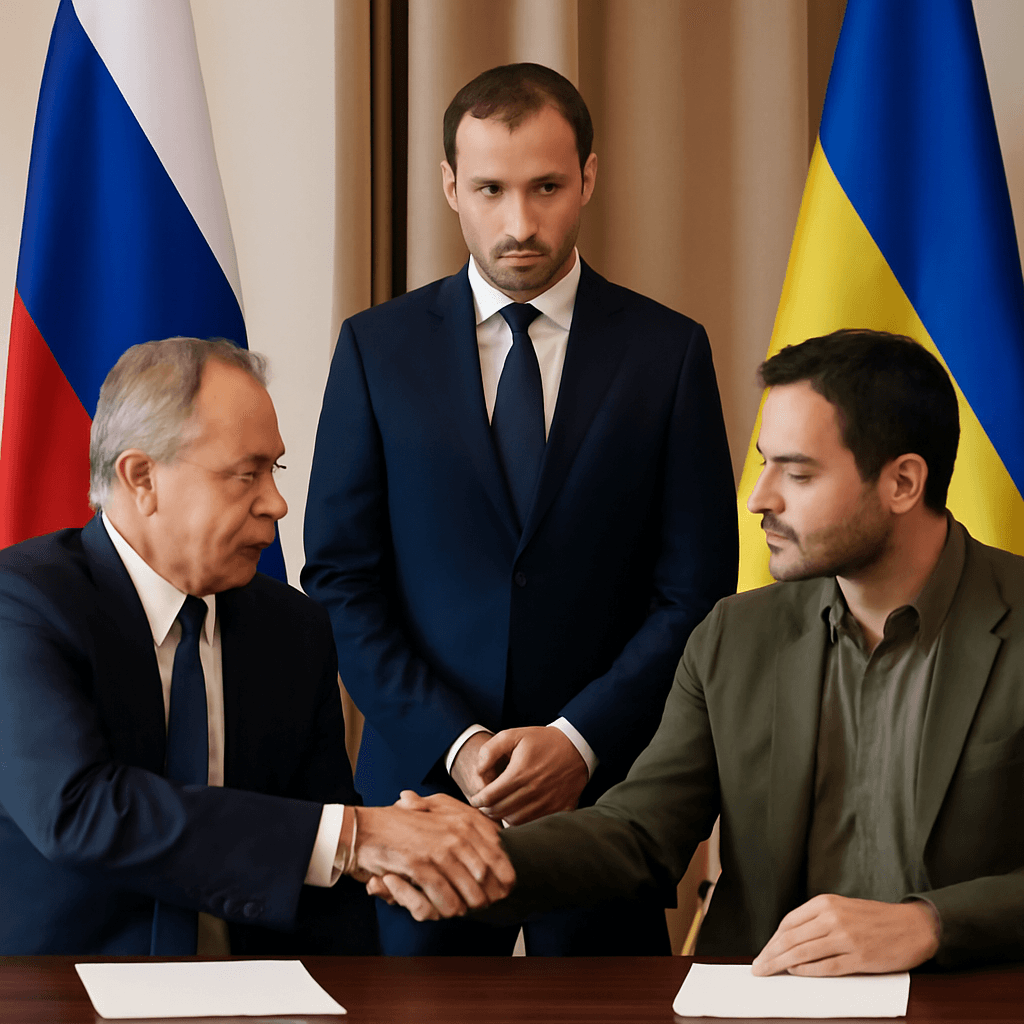Russia Targets Ukrainian Conscription Offices Using Iranian-Made Drones
In a strategic escalation of the conflict, Russia has intensified its campaign to disrupt Ukraine’s military recruitment efforts by launching attacks on conscription centers across multiple Ukrainian cities with Iranian-designed drones. This tactic appears aimed at aggravating Ukraine’s already critical shortage of frontline personnel amid ongoing hostilities.
Disrupting Ukraine’s Recruitment Amidst Manpower Challenges
Ukraine, grappling with a persistent shortage of soldiers on its frontlines, has seen Russian forces attempt to exploit this vulnerability. According to reports by Financial Times, recent strikes on draft offices in at least five Ukrainian cities — including Kharkiv, Zaporizhzhia, Kryvyi Rih, Poltava, and Kremenchuk — have injured approximately 70 individuals over the past two weeks.
These attacks come at a time when Ukraine continues to mobilize from a population of about 41 million, with an active military force that, before the invasion in 2022, numbered roughly 200,000. By contrast, Russia commands a military force roughly four times larger, drawing from a population exceeding 145 million. This demographic and military imbalance underscores why Ukraine faces unique challenges maintaining troop levels on a battlefield characterized by brutal attrition.
Understanding the Symbolism Behind the Strikes
While physically hindering mobilization by damaging conscription centers could be circumvented by relocating operations, experts suggest a more psychologically nuanced motive behind Russia’s drone campaign. Ukrainian opposition lawmaker Solomiia Bobrovska, a member of the national security and intelligence committee, notes that these attacks may be designed to sow dissatisfaction and fear around conscription. “It isn’t just about stopping the recruitment physically,” Bobrovska explained, “but about feeding a narrative that dissuades public support for military service by generating resentment—making people feel, ‘that’s what they deserve.’”
This tactic aligns with broader Russian information warfare strategies aimed at undermining Ukrainian morale and cohesion, especially as Kyiv relies heavily on citizen support for its defense efforts.
The Role of Iranian Drones in Modern Warfare
Iranian drones, increasingly integrated into Russian military operations, represent a significant evolution in Russia’s tactical approach. These drones offer precision strike capabilities without risking pilot lives and enable continuous pressure on critical infrastructure such as recruitment offices. Their deployment in this context demonstrates the international dimension of the conflict and raises questions about the broader implications of drone warfare in modern conflicts.
What This Means for Ukraine and the Wider Conflict
- Recruitment Stability: Disrupting conscription centers threatens to destabilize Ukraine’s military replenishment, crucial for sustaining long-term defense amid losses.
- Civilian Impact: Injuries from these strikes not only affect military operations but also deepen public unease around conscription.
- Information Warfare: Psychological operations seek to erode public trust and support for mobilization, challenging government messaging.
- International Security: The use of foreign-manufactured drones underscores how external actors shape the conflict’s trajectory.
As the war continues to evolve, these targeted attacks on draft offices highlight the multifaceted nature of modern warfare where kinetic actions are tightly interwoven with psychological and information operations.
Editor’s Note
The latest wave of attacks on Ukrainian conscription centers using Iranian drones not only spotlights the tactical dimensions of the ongoing conflict but also raises important questions about the human cost of prolonged warfare. How resilient can Ukraine’s recruitment efforts remain under sustained assault, and what long-term social effects might these strikes engender among its population? Analysts and policymakers alike must consider the intersection of military strategy, psychological warfare, and humanitarian impact as they evaluate the conflict’s future trajectory.

